Grand Egyptian Museum partially opens to public
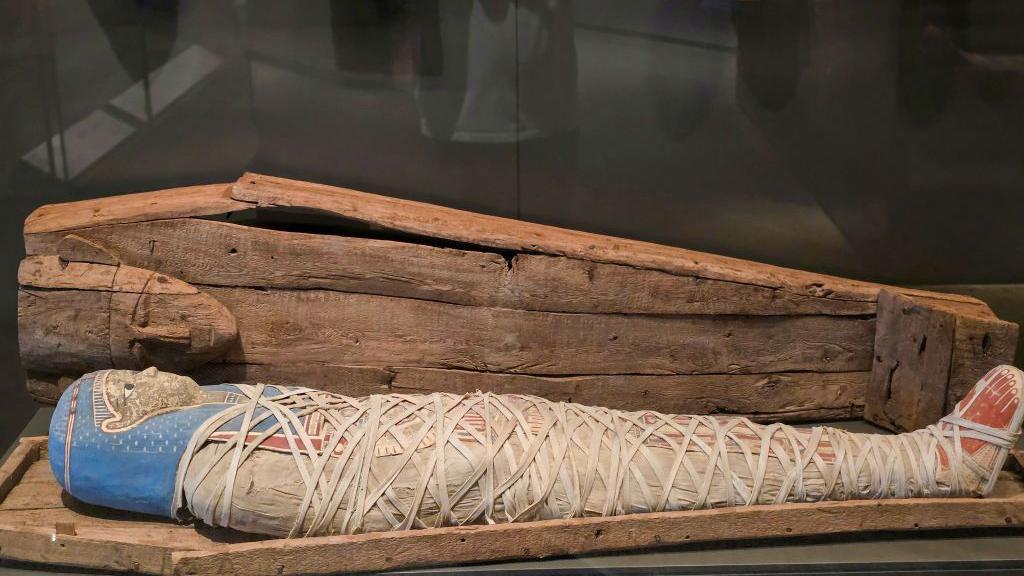
Bodies in ancient Egypt were often embalmed and mummified
- Published
A highly anticipated museum housing the world's largest collection of ancient Egyptian artefacts has opened the doors to some of its galleries.
More than 20 years in the making, the sprawling 120-acre Grand Egyptian Museum near the pyramids of Giza, will showcase more than 100,000 objects, including treasures from the tomb of King Tutankhamun.
The boy-king's priceless collection is yet to be displayed, but visitors can now see items varying from pharaonic statues to sarcophagi and mummified bodies.
The museum was initially scheduled to open in 2012, but cost, political turmoil and later, the Covid-19 pandemic, caused repeated delays. To date, the mega-project has cost more than $1bn (£768m).
The partial opening is a trial run, following the last year's opening of the main hall and stairway. The official opening date yet to be announced.
Here, we collect some of the most striking pictures of the newly opened galleries.

Rulers and the wealthy were often buried in sarcophagi, stone coffins that were often decorated
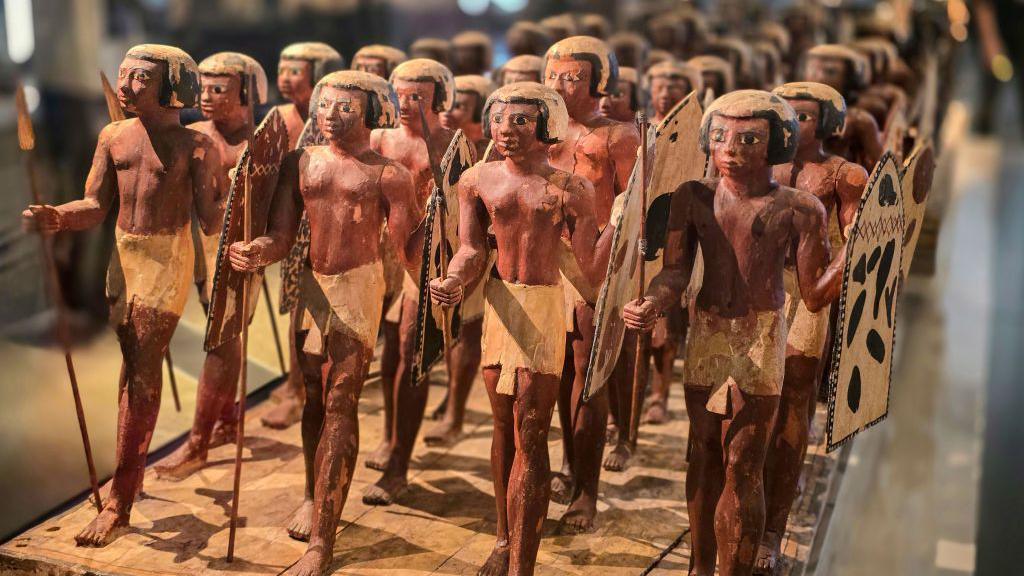
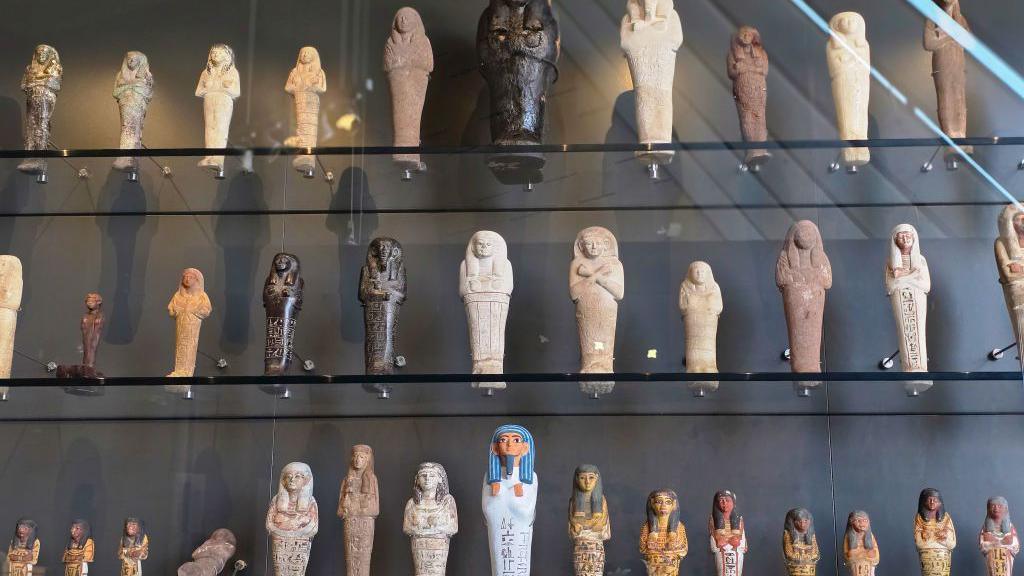
More than 100,000 artefacts will be displayed once the museum is fully open
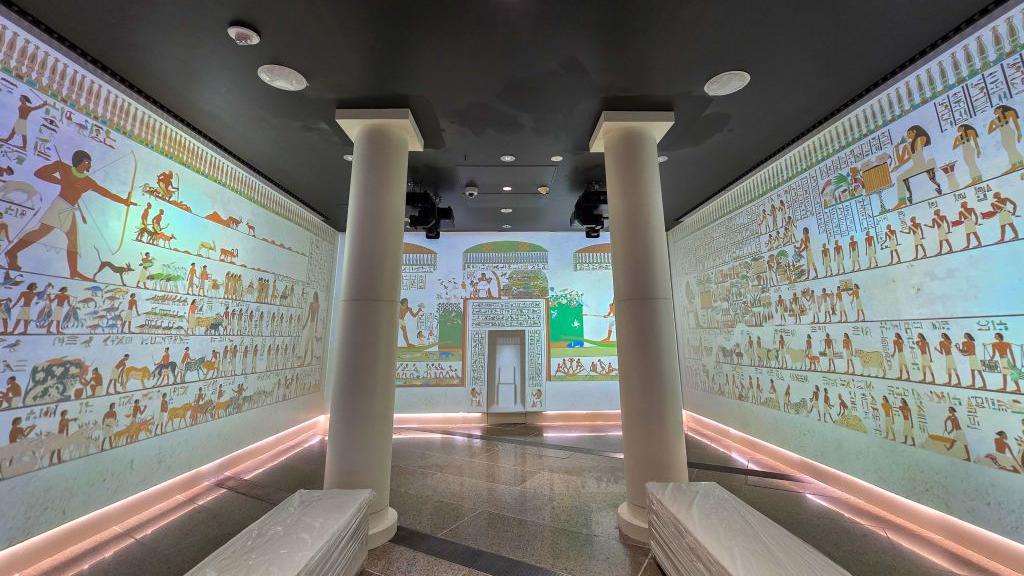
Wall paintings were a significant part of the country's ancient civilisation
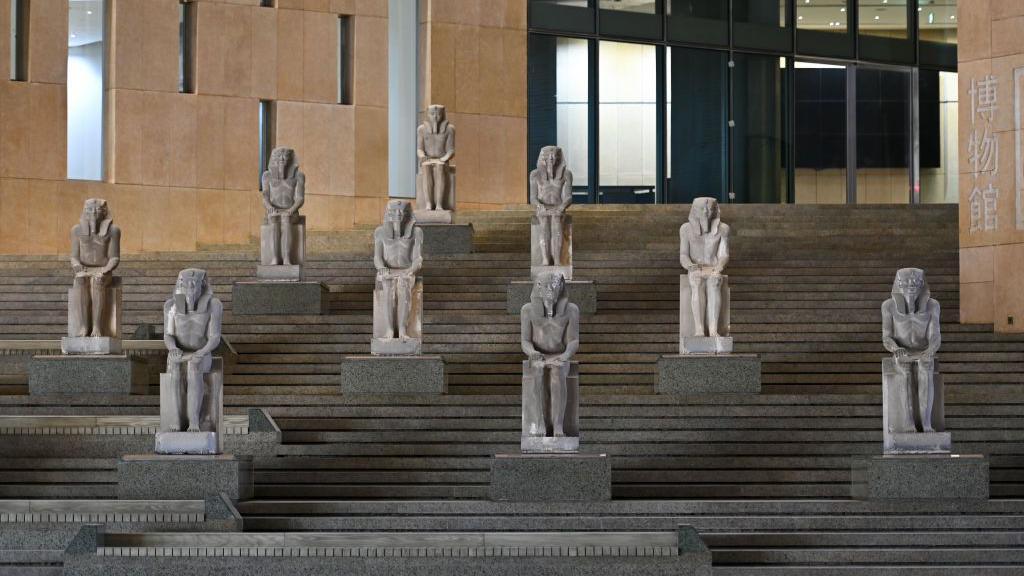
Visitors to the museum can walk among pharaonic statues

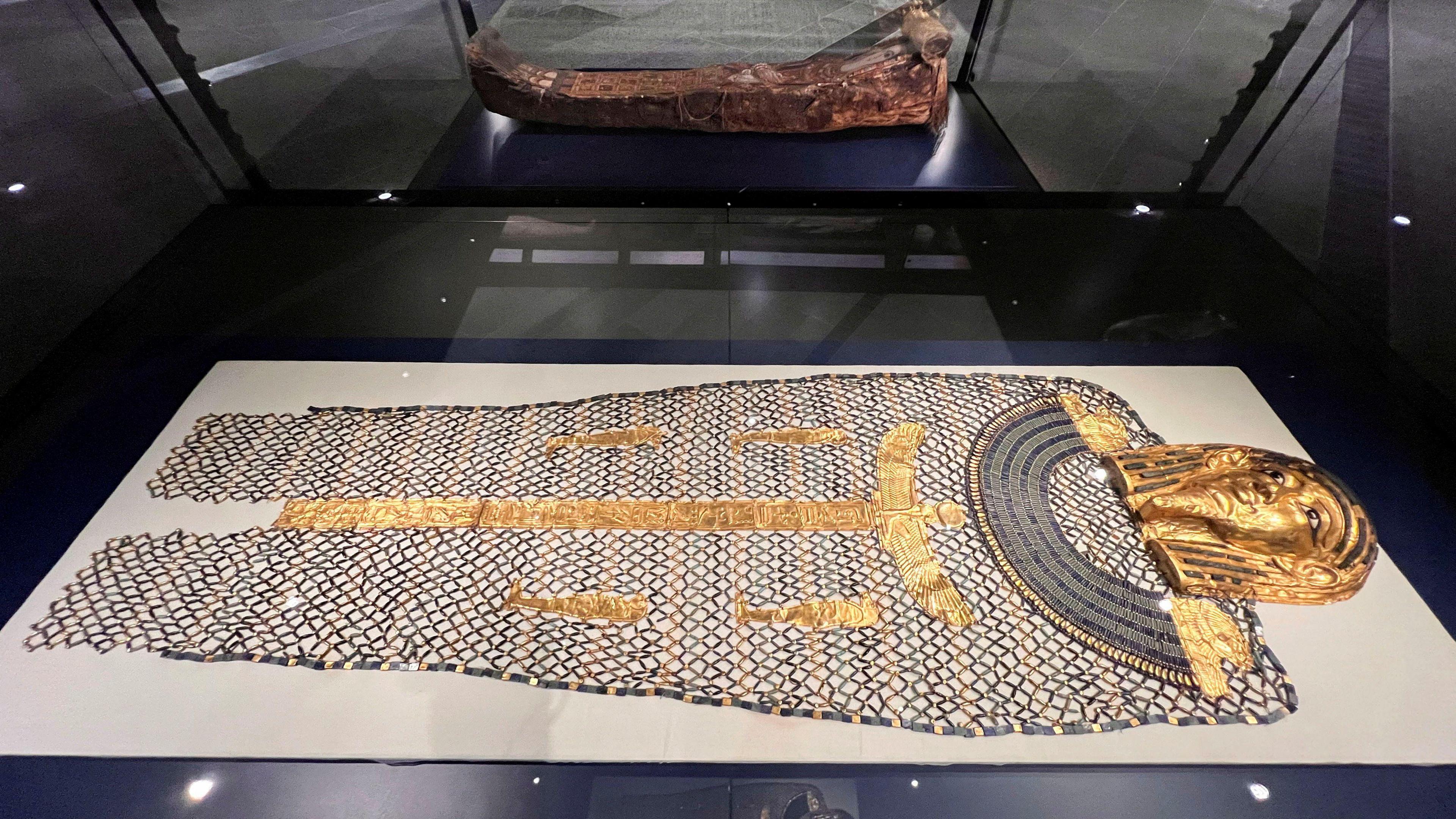
Rulers and the wealthy adorned their coffins with gold and precious gems and filled their tombs with treasure, believing they would take them into the afterlife
Related topics
- Published26 November 2022
